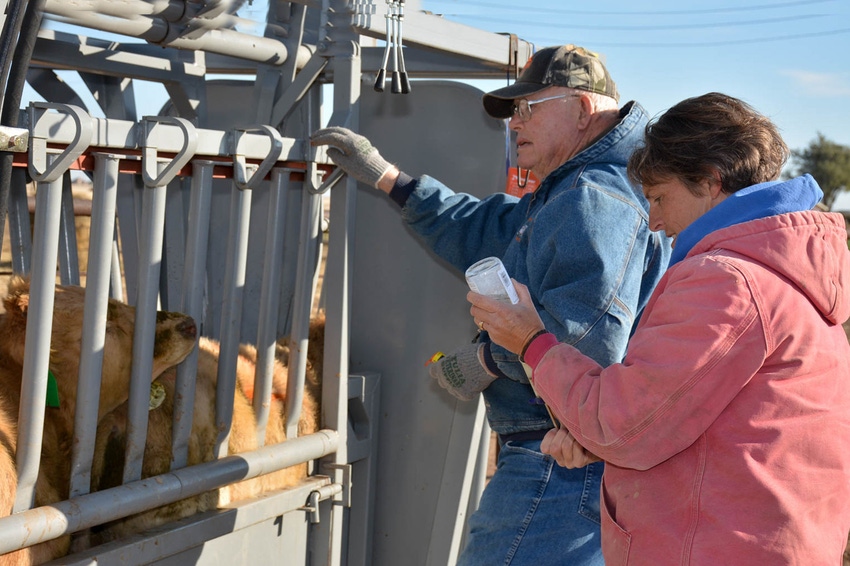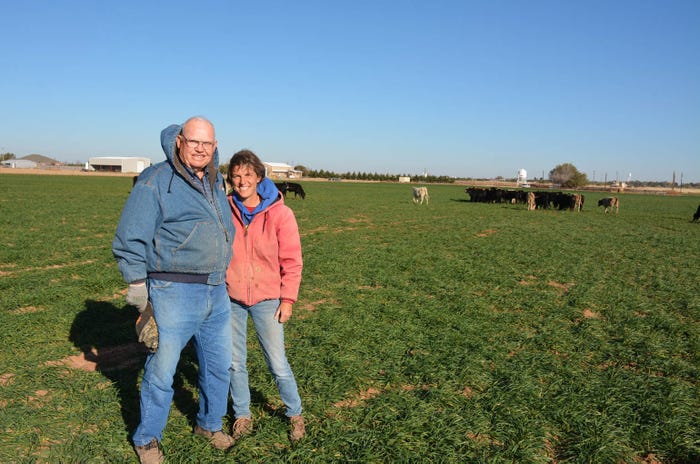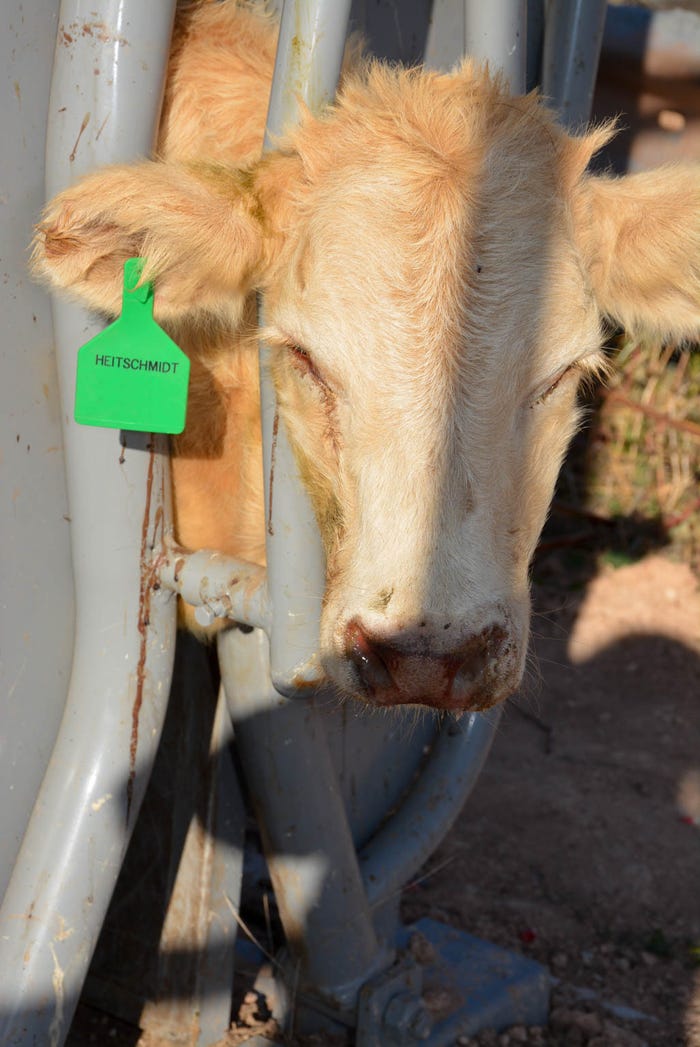
After heavy losses in 2016, the cattle market received a ‘pleasant surprise’ in 2017, according to Derrell Peel, Breedlove professor of Agribusiness and Extension Livestock Marketing specialist, Oklahoma State University.
“We’ve seen, by and large, stronger than expected prices much of the year. And certainly here at the end of the year, compared to the awful lows that we had a year ago at this time, we’re running well above that across the board for feeder cattle all the way up to fed cattle,” he says. “So, we see prices stronger than expected as we round out the year.”
Stocker and feeder operator Diane Heitschmidt of R&D Cattle, Nazareth, Texas, is relieved for the “pretty decent recovery” in 2017. “It has been a very good year for us. Last year was the bloodbath in the cattle business, like we have never seen before,” says Heitschmidt, who began running cattle with her father in the 1980s. “There were cattle coming out of the feed yard losing $500 to $750 a head. It was just horrendous. Thankfully, prior to that, in 2014, we had really good profits—cattle making $500 to $600 per head. And then we had the bad break in 2015/2016 and that’s where the huge losses took place.

Butch Hufnagel and his daughter Diane Heitschmidt with their stocker cattle near Nazareth, Texas.
“I don’t think most people have recovered over the loss of 2015/2016. But it has been a very good year.”
Peel attributes the upswing to demand. “Certainly, the supply-side pressures continue in 2017,” he says. “We’re still in herd expansion, which has implications even out a couple of years beyond this. But we’ve got a bigger calf crop on the ground right now in 2017 and bigger feed supplies from last year.
“Beef production is up is what it all translates into. As a result of that, there is supply pressure but obviously demand has been pretty good to offset that.”
Feedlots also experienced profitability through the first half of the year before returns dropped with declining August fed cattle prices. “Aggressive feedlot marketings largely kept pace with increased feedlot placements limiting the growth of feedlot inventories in the face of overall growth in cattle numbers,” says Peel, a Rapid Fire Outlook Panel speaker at the Rural Economic Outlook Conference at Stillwater, Okla., Oct. 20.

Strong domestic and international beef demand are also supporting cattle and beef prices. “Despite a year-to-date increase in beef production of over 4 percent, retail beef prices have generally increased month to month and are currently very close to a year ago levels’” says Peel. “After dropping sharply from an impressive and surprising peak in May and June, boxed beef prices are holding close to year earlier levels late in the third quarter. “
International trade has also helped support beef prices in 2017. For the first eight months of this year, beef exports have been up 14.5 percent, while beef imports are down 2.8 percent. Japan is the top export market, Peel says, with 30.6 percent of U.S. beef exports, followed by South Korea, 16.2 percent; Mexico, 14.8 percent; Canada, 11.3 percent; and Hong Kong, 10.1 percent.
“The top five export destinations represent 83 percent of total U.S. beef exports,” Peel says. Major sources of beef imports include Canada, New Zealand, Australia, Mexico and Brazil, almost 91 percent of total beef imports in the first 8 months of 2017.
As livestock producers finish up 2017, Peel says feed costs are expected to remain favorable with hay and concentrate prices close to year earlier levels. Beef production will continue to grow in the fourth quarter, he says, and is projected to be up 4 percent to 4.5 percent over 2016.
See Timely update by ag economists. http://bit.ly/2m1Qvoe
Looking forward to 2018, Peel uses phrases like “higher” or “continued expansion” or “record level,” a welcome contrast to what cattle producers like Heitschmidt were using in 2015 and 2016. When asked how she weathered the drastic downturn, the OSU alumna says, “Our key is trying to buy and sell cattle all of the time, where we are buying on a high market, selling on a high market, buying on a low market, selling on a low market.
“So, you have big ups and downs in your profit cycles, and my dad [Butch Hufnagel] has proven this over the years, that if you stay in the market all of the time, one will offset the other. You’ll have big breaks. You’ll have big losses. But normally it will be followed by good profits. And that’s probably our best risk management tool—staying in the market all of the time.”
Heitschmidt, along with running the family cattle operation, raises four children with her husband Roy, who manages Cattleman’s Feedlot in Olton, Texas.
About the Author(s)
You May Also Like






